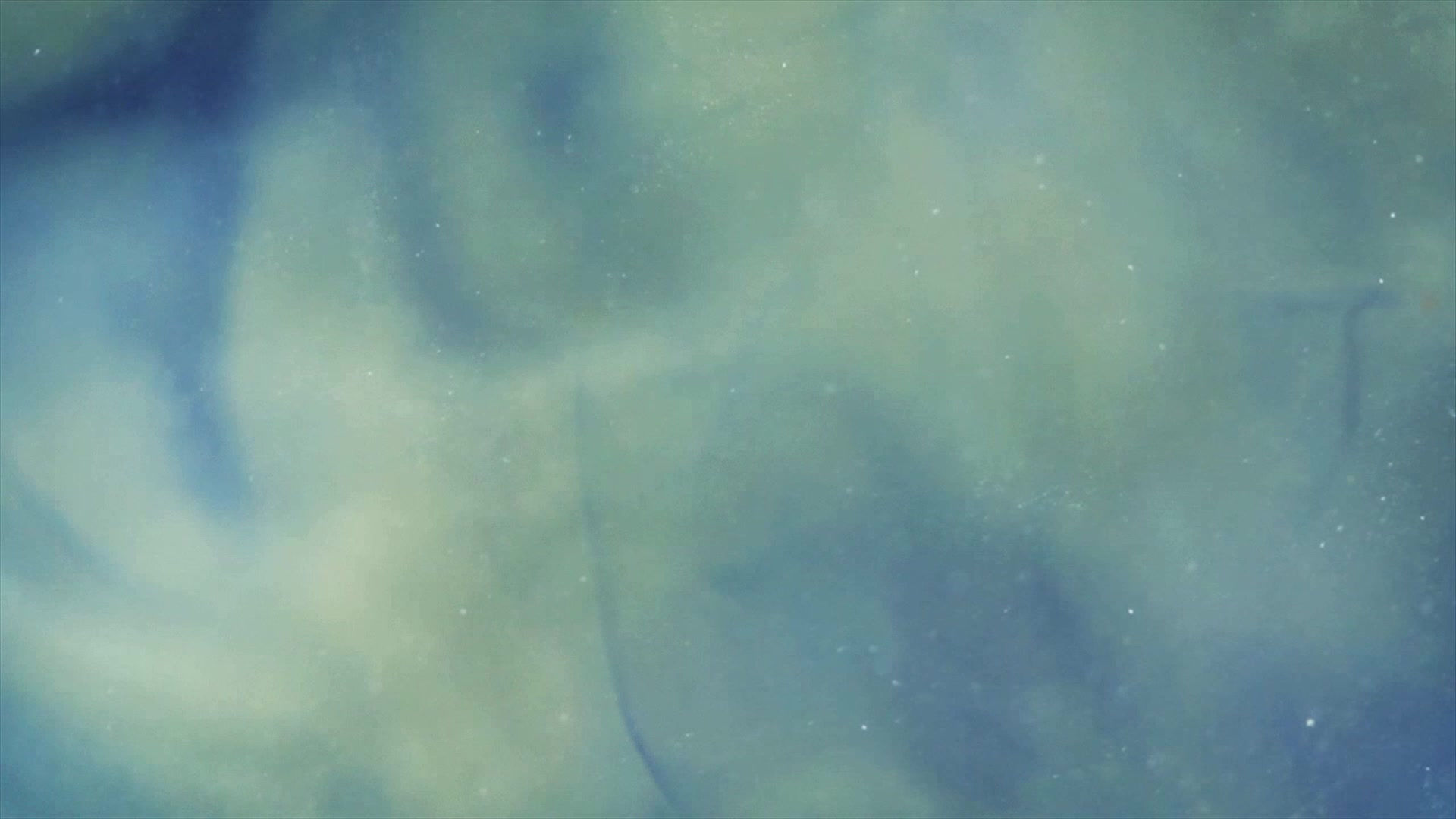
WAVES
Learning Target(s):
Students will describe waves.
Students will compare different types of waves.
VOCABULARY
-
wave- a disturbance that travels through a medium from one location to another location.
-
medium- a substance or material that carries the wave.
-
mechanical wave- a wave that is not capable of transmitting its energy through a vacuum. Mechanical waves require a medium in order to transport their energy from one location to another.
-
electromagnetic wave- a wave that is capable of transmitting its energy through a vacuum
-
transverse wave- a wave in which particles of the medium move in a direction perpendicular to the direction that the wave moves.
-
longitudinal wave- a wave in which particles of the medium move in a direction parallel to the direction that the wave moves.
-
surface wave- a wave in which particles of the medium undergo a circular motion.
COMPARE AND CONTRAST
Longitudinal
-
Compression
-
Parallel
-
Back and fourth
EX: Sound
Both
-
Motion of a wave
Transverse
-
Up and down
-
Perpendicular
EX: Water Waves
Mechanical
-
Medium
EX: Water
Both
-
Carry Energy
Electromagnetic
-
No Medium
EX: Light (electormagentic) spectrum
Surface Waves
has characteristics of both longitudinal and transverse waves.

Particals move in a direction that are both parallel and perpendicular to the direction of the water wave.
This pictures shows a longitudinal wave and a transverse. Longitudinal lines compress and decompress while transverse waves go up and down. Both of this waves are a type of motion.
